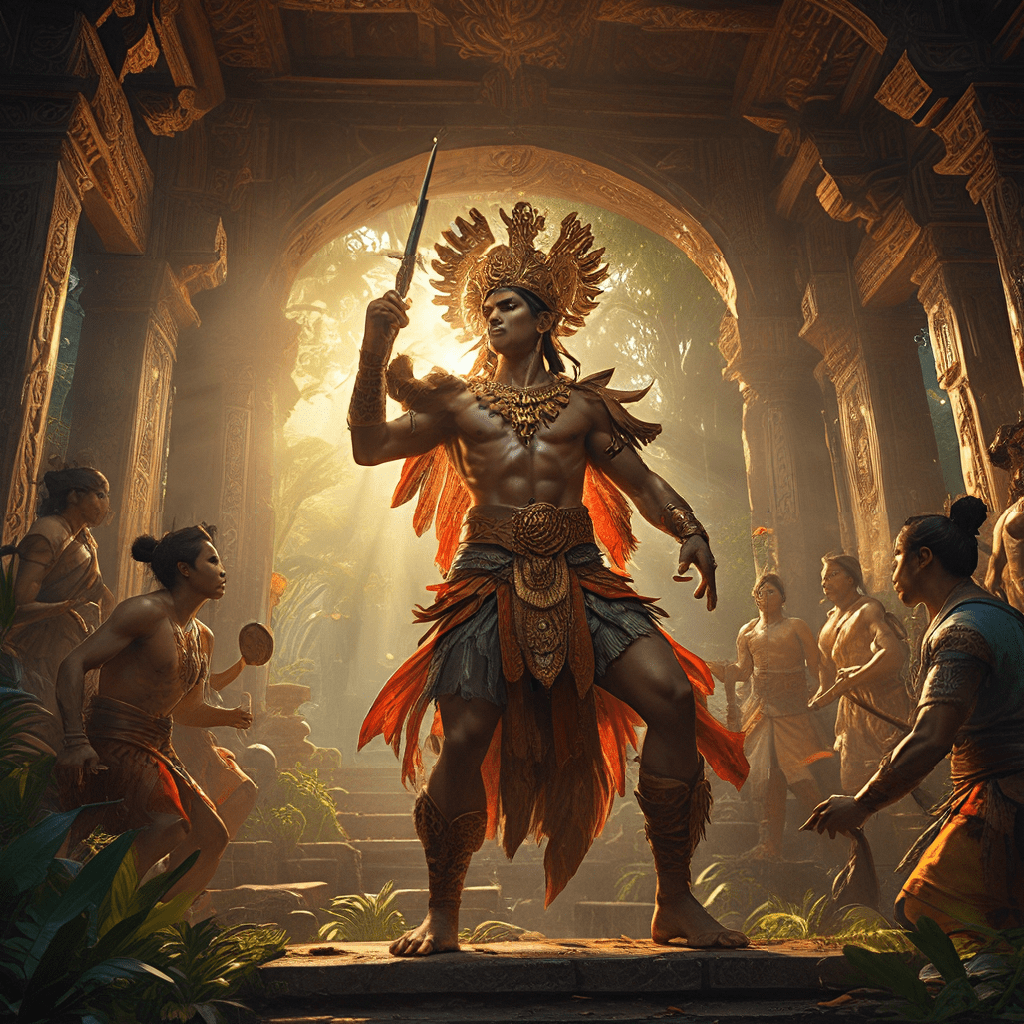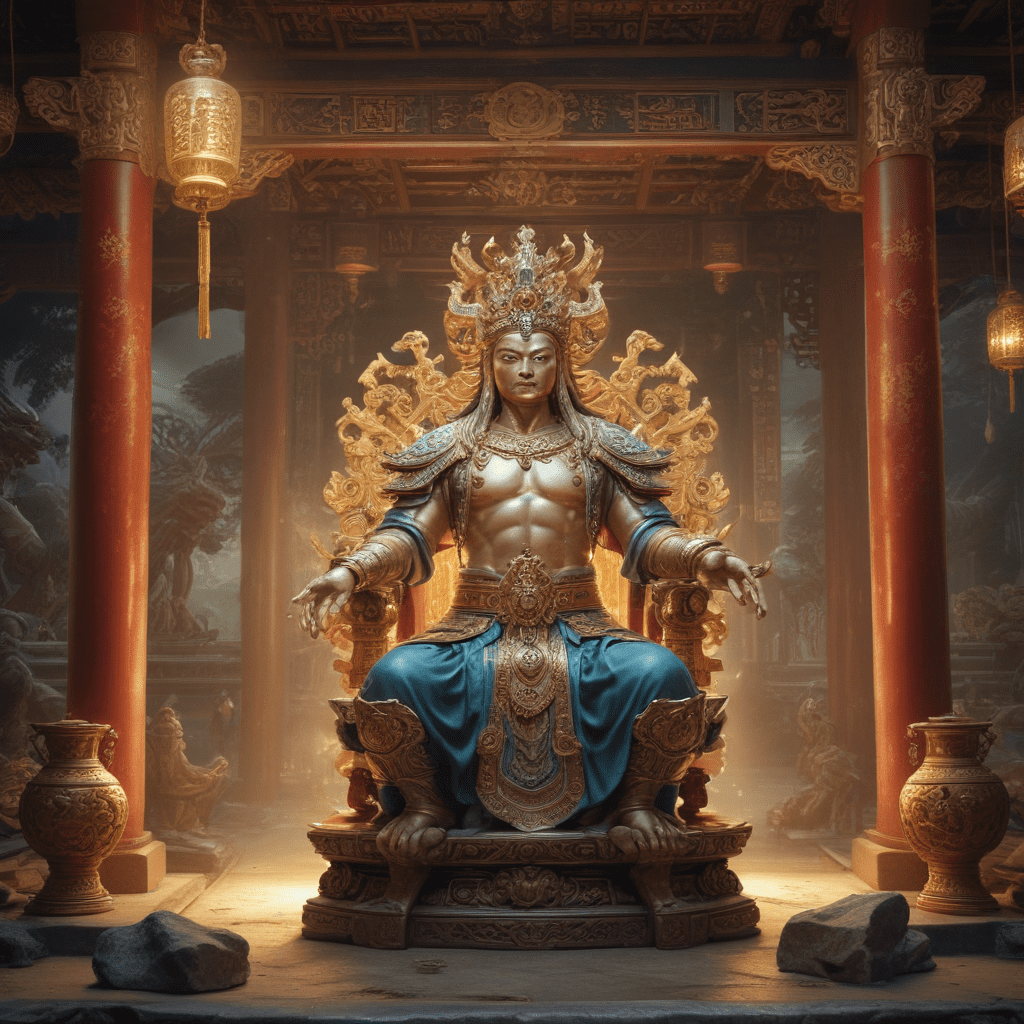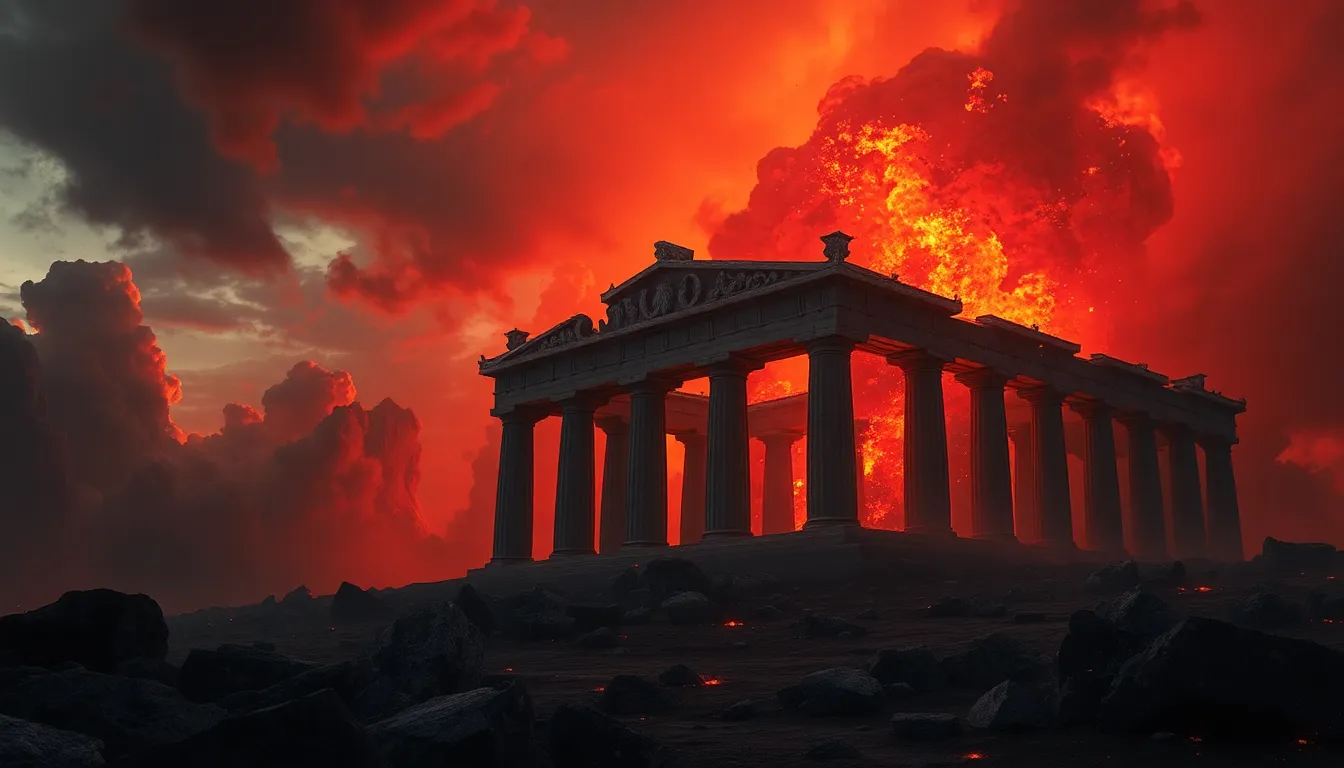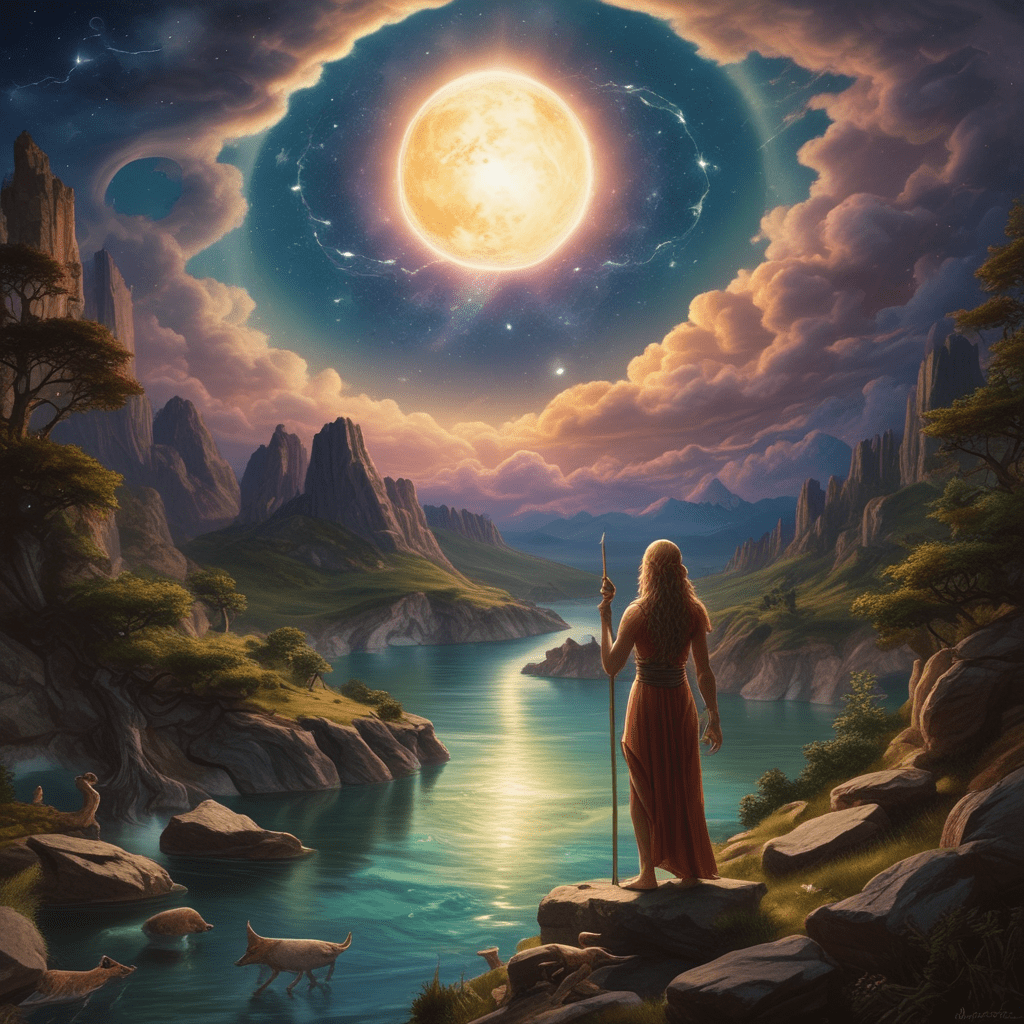A Tapestry of Beliefs: Filipino Mythology from Different Regions
The Philippines, an archipelago of over 7,000 islands, is a vibrant tapestry of cultures and traditions. At the heart of this rich heritage lies a fascinating world of mythology, woven with stories of deities, spirits, and mythical creatures. Each region of the Philippines boasts its own unique collection of folktales, reflecting the diverse beliefs and practices that have shaped the islands for centuries. By exploring the myths and legends of different regions, we gain a deeper understanding of the Filipino people's cultural identity, their connection to nature, and their beliefs about the world around them.
The Richness of Philippine Folklore: A Glimpse into the Cultural Heritage
Philippine folklore encompasses a vast array of stories, myths, and legends, passed down through generations, preserving the collective memory of the Filipino people. These tales offer a window into their deep-rooted beliefs and values, revealing how they perceived the natural world and their place within it. From the stories of valiant heroes and mischievous spirits to the tales of creation and the afterlife, Philippine folklore reflects the diverse cultural influences that have shaped the islands. Each story, whether a simple anecdote or a complex epic, holds a piece of the Filipino cultural mosaic, providing insights into their social structures, artistic expressions, and spiritual beliefs.
Diverse Mythological Narratives: Exploring Regional Variations in Beliefs and Practices
The Philippines' diverse geography and history have contributed to the development of distinct regional mythologies. Each island group, influenced by its own unique environment, indigenous traditions, and historical encounters, has developed its own set of beliefs, practices, and stories. In the northern Luzon region, for example, the myth of the rice goddess, "Bathala," is prominent, reflecting the importance of agriculture in the region. In the Visayas islands, stories of seafaring traditions and mythical creatures associated with the ocean abound, reflecting the region's proximity to the sea. These variations in mythology highlight the rich cultural diversity of the Philippines and serve as a testament to the ingenuity and resilience of the Filipino people.
Creatures of Myth and Legend: From Benevolent Spirits to Fearsome Beings
The world of Filipino mythology is populated with a diverse cast of characters, both benevolent and fearsome. From the mischievous "kapre," a giant, cigar-smoking tree spirit who often plays tricks on travelers, to the "tikbalang," a horse-headed creature that lures unsuspecting victims to their demise, these mythical beings are integral to Filipino folklore. There are also benevolent spirits, like the "diwata," beautiful nature spirits who protect the forests and mountains, and the "anito," ancestral spirits who provide guidance and protection to their descendants. These mythical creatures, often reflecting the natural world and the human condition, add depth and intrigue to the Filipino storytelling tradition.
Origin Myths: Tracing the Roots of Creation and the Beginning of the World
Like many cultures around the world, Filipinos have their own stories of creation, explaining the origin of the world and humanity. These creation myths, often intertwined with stories of deities and mythical events, provide insights into the Filipino worldview and their understanding of the universe. In one widely known myth, "Bathala," the supreme god, creates the world from a giant egg, while in another, the islands of the Philippines are formed from the tears of a giant. These diverse accounts of creation reflect the rich tapestry of beliefs and traditions that have shaped Filipino culture over the centuries.
Heroic Tales and Epic Journeys: Celebrating Courage, Strength, and Wisdom
Filipino mythology is filled with captivating stories of heroes who embody courage, strength, and wisdom. These tales, often epic in scale, celebrate the virtues that Filipinos hold dear. One famous example is the epic poem "Biag ni Lam-ang," which tells the story of a legendary hero who faces numerous challenges, including battling a giant sea monster and rescuing his beloved from the clutches of an evil sorcerer. Through his bravery and cunning, Lam-ang demonstrates the values of resilience, loyalty, and honor that are central to Filipino culture. These heroic narratives provide lessons for generations, inspiring individuals to strive for greatness and to overcome adversity.
Spirits of the Ancestors: Honoring the Past and Seeking Guidance from Beyond
Filipinos believe that the spirits of their ancestors remain connected to the living, offering guidance and protection. These ancestral spirits, known as "anito," are honored and revered in rituals and ceremonies. Family members often pray to their ancestors for blessings, seeking their wisdom and support in times of need. The belief in ancestral spirits emphasizes the importance of family and community in Filipino culture. Honoring the past and seeking guidance from beyond reinforces the strong connection between generations, ensuring that the values and traditions of the ancestors are carried forward.
Mythology and Ritual: The Intertwined Threads of Belief and Practice
Filipino mythology is not merely a collection of stories. It is deeply intertwined with the rituals and practices that have shaped Filipino culture for centuries. From the elaborate rituals performed to appease the spirits of the dead to the offerings made to deities and mythical beings, these practices reflect the Filipinos' beliefs about the supernatural world and their relationship with it. For example, the "pamamanhikan," a traditional ritual of asking permission from a woman's family for marriage, is rooted in the belief that the spirits of the ancestors must be consulted before a union can be blessed. The close connection between mythology and ritual provides a framework for understanding and navigating the spiritual realm, shaping the social and cultural fabric of Filipino communities.
The Enduring Influence of Filipino Mythology on Contemporary Culture
While modern Filipinos may not actively participate in all the traditional rituals and beliefs, the influence of Filipino mythology continues to be felt in contemporary culture. The tales of mythical creatures, heroes, and deities are often incorporated into art, literature, music, and even modern-day media. From the iconic "kapre" appearing in popular comics and television shows to the use of traditional Filipino motifs in contemporary fashion, the enduring influence of mythology is evident in various aspects of Filipino life. This cultural legacy serves as a reminder of the rich and unique heritage of the Filipino people, connecting them to their past and shaping their identity in the present.
Theories on the Evolution and Transmission of Filipino Mythology
Over the centuries, Filipino mythology has evolved as a result of interaction with different cultures, both local and foreign. The influence of animistic beliefs, ancient Chinese mythology, and Spanish Catholicism are evident in the diverse narratives that make up Filipino folklore. The widespread transmission of these stories has been facilitated through oral traditions, passed down through generations of storytellers, singers, and performers. In recent years, scholars have sought to document and analyze these stories, contributing to a deeper understanding of Filipino culture and heritage. The ongoing study and preservation of Filipino mythology ensure that these rich traditions will continue to inspire and enrich future generations.
FAQ
What are some common mythical creatures in Filipino mythology?
Some common mythical creatures in Filipino mythology include the "kapre," a giant tree spirit; the "tikbalang," a horse-headed creature; the "diwata," a beautiful nature spirit; and the "aswang," a shapeshifting creature that often preys on humans.
How does Filipino mythology reflect the country's diverse cultural influences?
Filipino mythology has been shaped by various influences, including animistic beliefs, Chinese mythology, and Spanish Catholicism. These diverse influences are reflected in the different stories, characters, and themes found in Filipino folklore.
What is the significance of ancestral spirits in Filipino culture?
Ancestral spirits, known as "anito," are considered to be important guides and protectors in Filipino culture. They are often honored and revered in rituals and ceremonies, and their blessings are sought in times of need.
How does Filipino mythology continue to influence contemporary culture?
Elements of Filipino mythology are frequently incorporated into modern-day art, literature, music, and media. This ongoing influence reflects the rich and enduring heritage of the Filipino people.
What are some ways to learn more about Filipino mythology?
There are various ways to learn more about Filipino mythology, including reading books and articles on the subject, attending cultural events and performances, and seeking out the expertise of scholars and storytellers.




